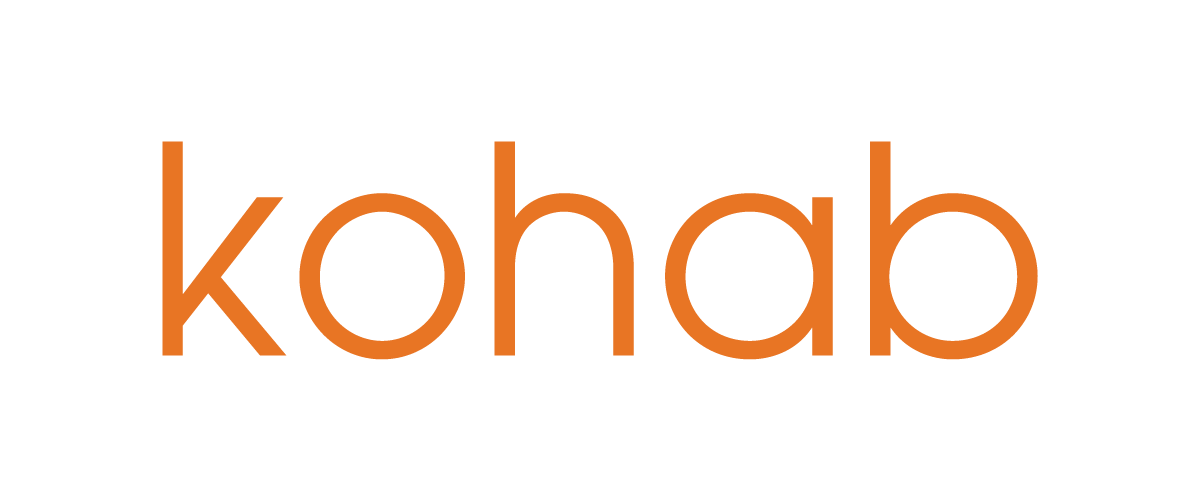Should I feed wild NZ birds?
By supporting wild NZ birds’ natural diet with supplementary food you can help them thrive.
We often get asked if feeding wild birds is the right thing to do. Kohab believes that yes it is and by supporting wild birds' natural diet with supplementary food we are able to help them thrive.
Wildlife is struggling with the environmental changes that humans are making to the world. Loss of natural habitat, pollution, intensification of farming and changes in weather patterns all have an effect on the wildlife around us and play a part in its decline. We believe that giving a little extra support will make a positive difference and support our wildlife, but it needs to be done right. If you are going to feed the wild birds, make sure you are feeding the right things in the right way.
How do I feed wild birds?
Contrary to popular belief, bread is not good food for birds. Processed bread has sugars and salt in it, as well as preservatives. Bread also has very little protein and doesn’t contain the right kind of fats that are essential to birds well-being. If you are going to feed seed-eating birds, invest in good quality seed (don’t buy bargain bin seed). The cheapest birdseed is often loaded with inexpensive seeds that offer little benefit to the birds and fills them up with little nutrition. A quality seed will have a range of different seeds that offer high levels of energy, protein, fats, and nutrients. They will also appeal to a range of different birds in your garden. Check out our Kohab Foods, which provides excellent nutrition for wild birds found in New Zealand gardens.
NZ native birds, such as Tui, Silvereye or Bellbird main diet is nectar and fruit. You can support them by putting out some Kohab Bird Nectar. Not only does it have the additional nutritional support of beetroot to give the birds an extra boost, but its beautiful pink colour makes it easier to find and helps attract the birds. If you haven’t got a suitable place to put a bowl of nectar take a look at the Kohab Bird Feeder, it’s the ideal feeding platform that you can simply add a bowl to and position in a safe spot. These birds also love to tuck into fruit. An easy and attractive way to hang up fruit is to use a Kohab Fruit Bird Feeder. These are perfect for fruit-eating birds that like to cling to their food.
For birds that only eat insects, you can provide support by planting insect-friendly plants and letting leaf litter accumulate, this will help boost the insect population and provide a natural diet for them.
Use the right type of bird feeder for the birds that you want, or that already live in your garden. Some birds like finches and sparrows like to cling to their food source, so a hanging feeder works for them. While others such as blackbirds or thrush like to eat from the ground, or a raised platform such as a bird table, the Kohab Bird Feeder is a platform feeder that these birds will use. Do some research to decide whats best for the birds you see in your garden, check out Kohab’s Bird Guide where you can find out what each type of garden bird will eat.
Keep your feeders regularly stocked. Birds can be forgiving if a feeder is empty for a few days, but may not return to a feeder that is unreliable. Birds, like us, have busy lives and like routines. You’ll start to get a feel for how much the birds need after a short period. Remember it's about supplementing birds' natural diets, not feeding them so much they don’t need to find their usual food sources and become dependent on human interaction.
Wash bird feeders regularly to help limit the potential for the spread of any germs or diseases. We recommend you use a 5% disinfectant solution and give your feeders and birdbaths a good scrub outside followed by a thorough rinse. Always wear gloves when handling feeders, birdbaths or birdhouses. Birds can carry infections that can be dangerous to humans so good hand hygiene is essential.
Store your birdseed in a dark place (like a cupboard), away from too much moisture, (and potentially ants or mice).
Consider other ‘creatures’ in your garden. When choosing a location for bird feeders, consider rats, mice, and possums – even your cats! Try to locate your feeder somewhere where these creatures can’t raid or endanger the birds as they eat. And if you have a cat, be responsible and ensure it wears a cat bell, or two. Kohab has a range of cat bells that can be added to a cat collar. Take a look at our guide How to stop cats killing birdlife. for more information.
Plant for birds. Next time you are planning some gardening, consider what types of flowers, berries or plants birds like.
Add a birdbath to your garden and keep it filled with fresh water. The birds will find this helpful to keep up their hydration and also to bathe in, this is a great way to encourage fantails to visit you. Get tips on how to set up a bird bath in our guide: 5 Tips on setting up a birdbath.
We’d love feedback on how things are going for you with feeding birds overall, and how they are responding to Kohab Foods. We’re constantly developing new recipes and ideas, so all feedback is helpful to this process. If you’d like to read more about our foods, what we put in them and why take a look at our About Kohab Foods page.


